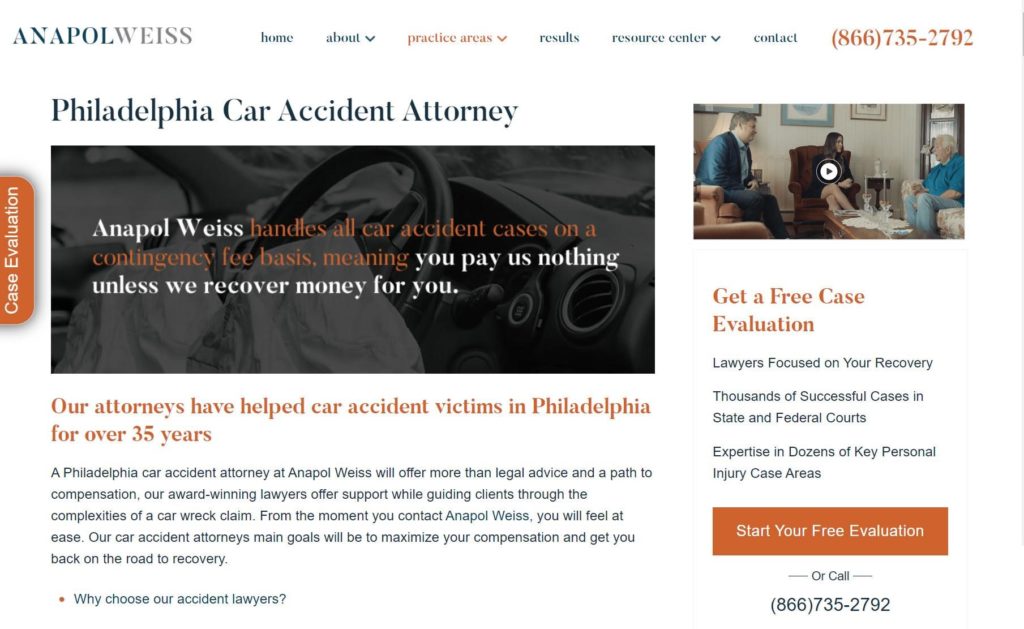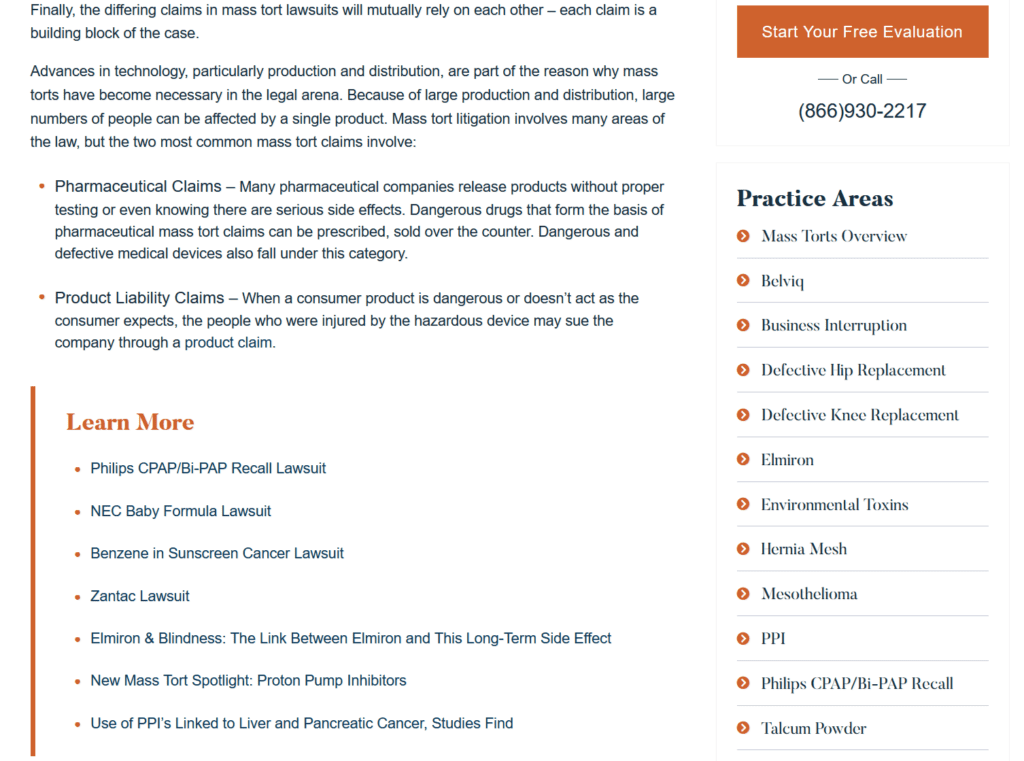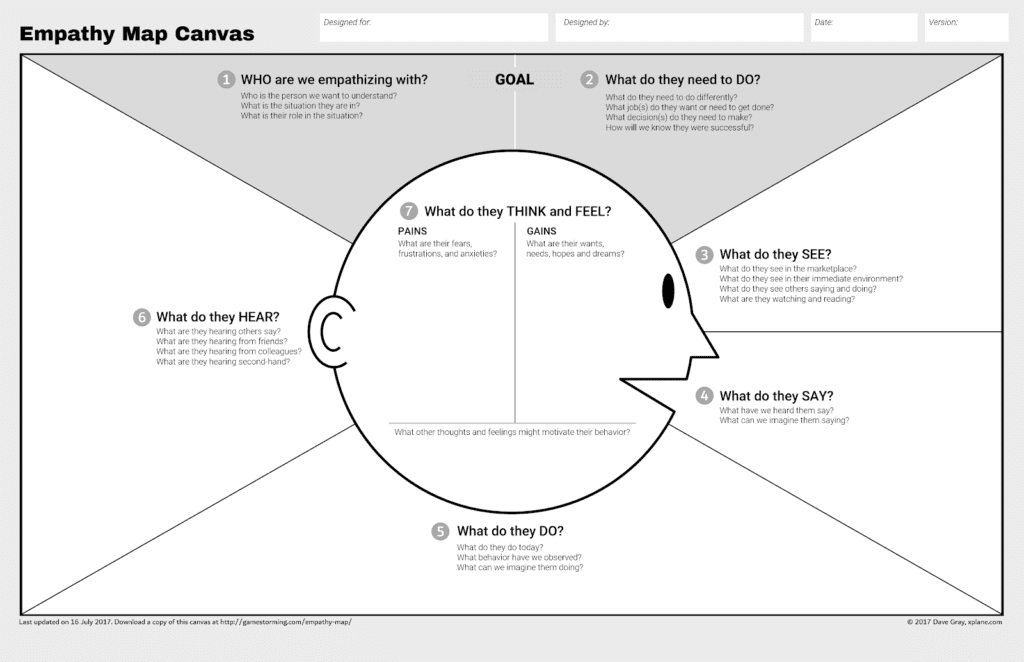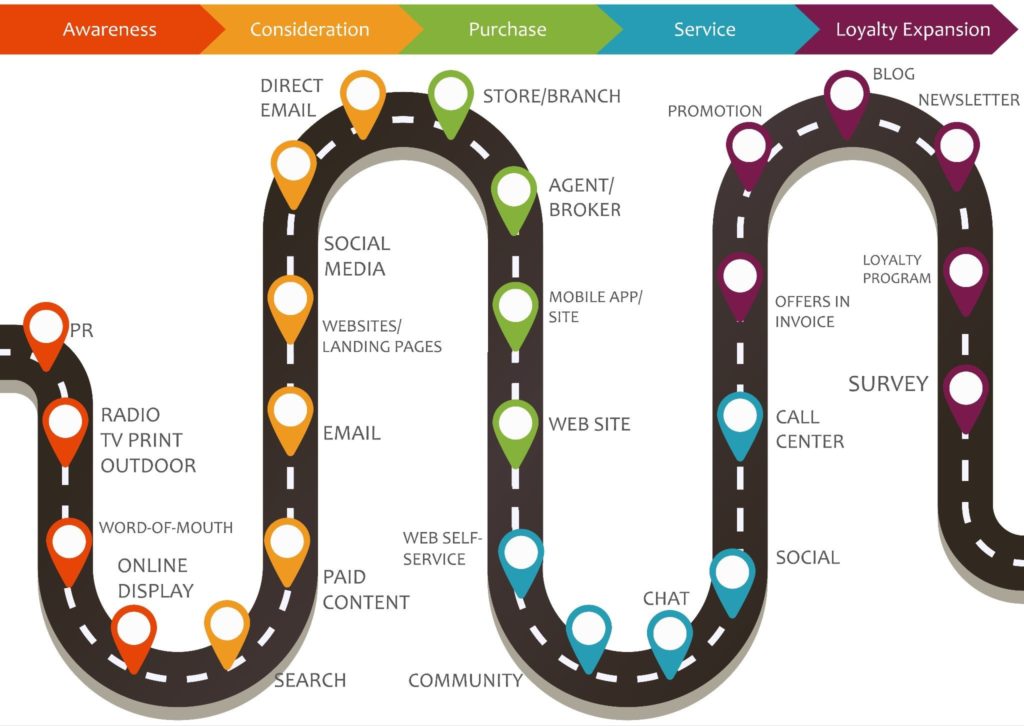Content Marketing for Law Firms: The Complete Guide
Wondering whether content marketing can help generate leads and clients for your law firm? Looking for advice on how to get started?
You know – I don’t think you’re on this page by accident.
My guess – Perhaps you’ve seen other law firms using content to connect with target clients. Or you’ve heard colleagues praising this digital marketing channel, and sharing their successes with content.
And now, you want to know how they do it, and how you could create a legal content marketing strategy as well, right?
Well, in that case, you’re in the right place.
Below you’ll find a complete guide to content marketing for law firms. You’ll find out why you need to use content in the first place, discover the most common elements of a typical content strategy, and I’ll also share with you some tips for getting started.
But let’s start at the very beginning.
What is Content Marketing?
Personally, I love how the Content Marketing Institute defines content marketing.
The company calls it:
“[…] a strategic marketing approach focused on creating and distributing valuable, relevant, and consistent content to attract and retain a clearly-defined audience — and, ultimately, to drive profitable customer action.”
I love the definition because in just one (albeit a bit longish) sentence it explains everything there is to understand about this particular digital marketing channel:
- The definition makes it clear that the channel uses various types of content – blog posts, long-form guides, videos, podcasts, and more.
- The purpose of creating all this content is to attract the attention of the target audience at various stages of the buyer’s journey, and finally,
- The goal of a content marketing program is to connect with and elicit a particular response from those people. The response will vary from business to business, of course. However, when it comes to law firms, the two most common actions are an inquiry or signing up to the firm’s email list.
 (An example of a call to action on a law firm’s blog.)
(An example of a call to action on a law firm’s blog.)
But how does content marketing work and generate new business?
Good question.
First of all, content forms an integral part of another law marketing strategy – SEO.
The two are closely intertwined, actually. Here’s how.
#1. Content allows you to scale and expand your organic reach
There is a common misconception regarding content and SEO—Many companies, lawyers, and other professional firms believe that only commercial pages can drive qualified traffic.
Don’t get me wrong, they can, of course. But there is also a problem with focusing on “money” pages only in your strategy.
You see – there are only so many practice areas your firm specializes in, after all. As a result, there is also a limit of how many “money” pages – product or service pages – you could create.
Content, on the other hand, allows you to rank more pages on topics that your target clients would care about.

#2. Content also increases your perceived authority in the industry.
The right content, targeting relevant keywords your potential clients use to find legal information online, will position your firm as an expert in a particular practice area.
First of all, potential clients will remember your content, possibly come back for more.
Also, because you’ve provided value through your content, those people will be more likely to click on your other content, when they search for information in Google.
Needless to say, such exposure will result in greater trust in your business. And when those people will be ready to talk to a lawyer, your firm will be on top of their minds.

#3. SEO content will generate links more naturally
Good content attracts links organically.
This means that you don’t have to actively build links to those pages but can rely on website owners referencing your advice on their pages.
Of course, you can also be more aggressive and acquire other links to that content. But even that is going to be easier to do since your website will have pages to support the link-building campaign.
What goals should you try to achieve with content marketing?
I get asked this question a lot.
Law firms like yours come to my agency, looking for help with their content strategy or content creation. Naturally, those lawyers want to know what results they should aim for with the strategy.
I always answer with three goals a law firm should target with their content marketing:
- To attract qualified leads. This can happen through direct inquiries from the content or by having content to assist in the lead generation process.
- To increase the number of inquiries and email signups. This is a more specific goal that focuses on using content to boost the number of leads you receive from the website.
- To build industry visibility. The chances are that you’re not the only law firm operating in your geographic area. Your potential clients have other choices. But you can use content to build reputation and brand awareness so that, when it comes to choosing a lawyer, your firm will be the first that comes to mind.
So, let’s talk about how to achieve it all…
How to Launch a Content Marketing Strategy for Law Firms
Launching a content strategy involves several steps:
- First, you have to understand the people you’re trying to reach with content, of course.
- You also need to understand what information they’re looking for online, and how they search for it. This will form the basis for your keyword research, for example.
- Those keywords, in turn, help you develop a content plan, and decide what pieces of content you’re going to create, and when.
- And finally, you have to implement processes to measure and monitor your content’s performance.
Let’s look at all steps of this process in detail.
#1. Building personas around practice areas
Remember, your goal is to a.) attract the best clients to your firm, and b.) inquire with your firm, or sign up to your mailing list, for instance.
But that can happen only if you fully understand those people. And I’m not talking about who they are, or their demographic capabilities.
You also need to understand them in relation to your core practice areas.
So, as the first step, you must identify your core buyer personas for each practice area your firm offers. Here are some questions that will help you identify their needs better:
- What legal issues do those people face concerning various practice areas?
- What other resources might they access when researching the issue?
- What legal topics are they interested to learn more about?

#2. Researching topics and keywords
The next step – Learning how those people you’ve identified in the previous step research information online.
There are two goals for conducting this research:
- First, to understand what phrases customers use when searching for information about their legal issues, and
- The other – To build a complete view of what topics you need to be visible online for to dominate the search results.
At Envoca, we use three main ways to conduct this research:
- Keyword research and analysis based on existing website assets. This is a great starting point for keyword research, actually. In this case, we first evaluate the performance and rankings of your existing website pages to identify all various phrases these assets rank for. Based on those, we can identify synonyms and related phrases that we could build content for, and position your firm for success.
- Competitive gaps research. In this approach, we look at keywords your competitors rank for. We find phrases that drive them the most traffic and conduct a gap analysis to find which of those keywords you do not rank for yet.
- Market and audience research. Finally, we also scour the web, looking for questions your target audience asks online. This may mean researching sites like Quora or law-specific forums for the most commonly asked questions.
Finally, we map those keywords to different stages of the buying journey and define which keywords would work for different funnel stages.

#3. Creating expert-level content
This is by far, the largest part of the process. It’s also one of the most critical stages.
Think about it, research is what starts the project and develops a plan. But it’s the execution that makes or breaks the strategy.
And when it comes to content marketing, the execution is in writing and optimizing great, expert-level content.
What do I mean by expert-level? Well, in simple terms, expert content means content created by a subject-matter expert, rather than somebody with general knowledge on the topic.
As a result, such content:
- Delivers immediate value to readers,
- Offers in-depth advice,
- Includes unique information, often coming from the author’s personal experience and expertise, and, as a result,
- Showcases the author’s credibility on the subject.
#4. Content distribution
The biggest attention in content marketing is on ensuring that the content can rank higher in the search results.
We’ve discussed how content and SEO work together already.
But SEO isn’t the only way to distribute the content.
Depending on the other marketing campaigns you run, you might have an opportunity to reach your audience on social media as well.
Many law firms build a strong presence on Twitter, Facebook or Instagram, and use those channels to tell their audience about any new content they’ve published.
Many firms also turn to paid content promotion strategies. Advertising your content on Facebook, Google, and other platforms is often a great way to attract initial traffic until your SEO strategy begins to work.
#5. Generating leads with content
Remember, getting more traffic is only part of what you’re trying to achieve with content. The other objective is to convert those visitors into leads and inquiries.
When developing a content strategy, you also need to decide how you’re going to be generating leads with content.
The three most common strategies for law firms include:
- Placing call-back buttons to help people at the end of the buying journey identify themselves, and quickly request a consultation with your firm.
- Adding calls to action that take visitors in the middle of the buying process to relevant practice area landing pages. This way, these people can familiarize themselves with the services your firm offers, and make the buying decision there.
- Using lead magnets to convert top-of-the-funnel visitors into your mailing list for nurturing.
Important to remember – All these three strategies work together. When launching a content strategy, you should implement all of them to connect with visitors at every stage of the funnel.
This way, you can cast the widest net, so to speak, and build a steady organic growth engine for your law firm.
#6. Measuring and analyzing results
I admit that I sometimes have to explain the necessity of this step to clients. Because it’s true, it seems like if you’ve done all the steps above well, everything should be working fine from the start.
Unfortunately, that’s not always the case. Particularly, when you’re launching the first strategy, a lot of the work you do – both planning and execution – is based on just generic data, without context. It’s only when the strategy’s been running for some time, and you’ve collected data about how visitors respond to your content, you can see everything in the context of your target audience.
That’s why measuring and analyzing the strategy’s performance is so critical. Even reviewing traffic stats in Google Analytics or Google Search Console can help you understand what’s working and what’s not.
Then, you can use that data to simply double down on the best strategies to improve the content’s performance further.
Need help with building a content strategy for your law firm? We’ve been helping lawyers increase traffic, leads, and revenue with SEO and content for the past 15 years. We’d be happy to discuss how we can help you too. Get in touch here.
Located At
2121 W Spring Creek Pkwy
Plano, TX 75023
Start Your Free Website Audit
© 2025 Envoca - Digital Marketing & Local SEO Agency. All Rights Reserved